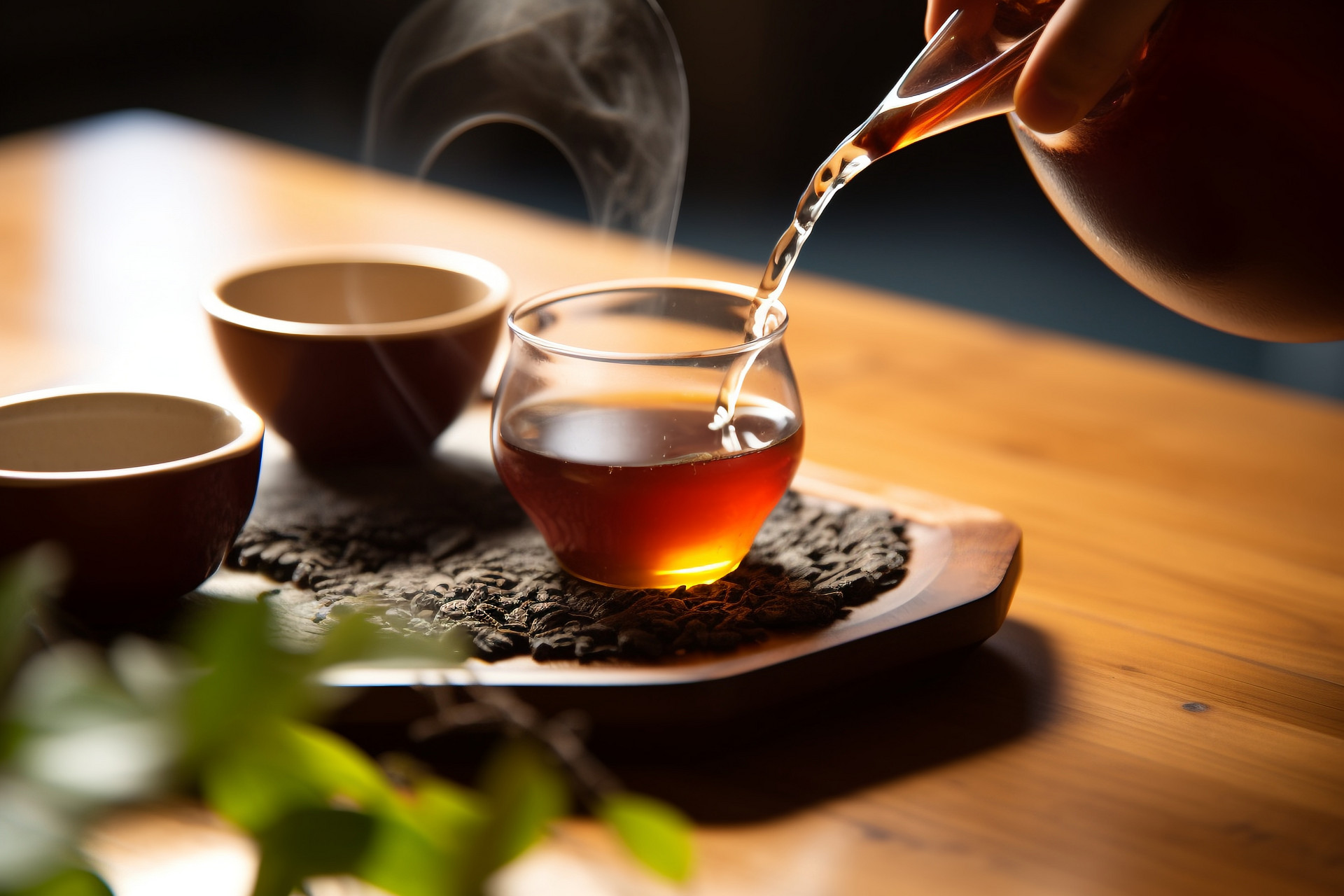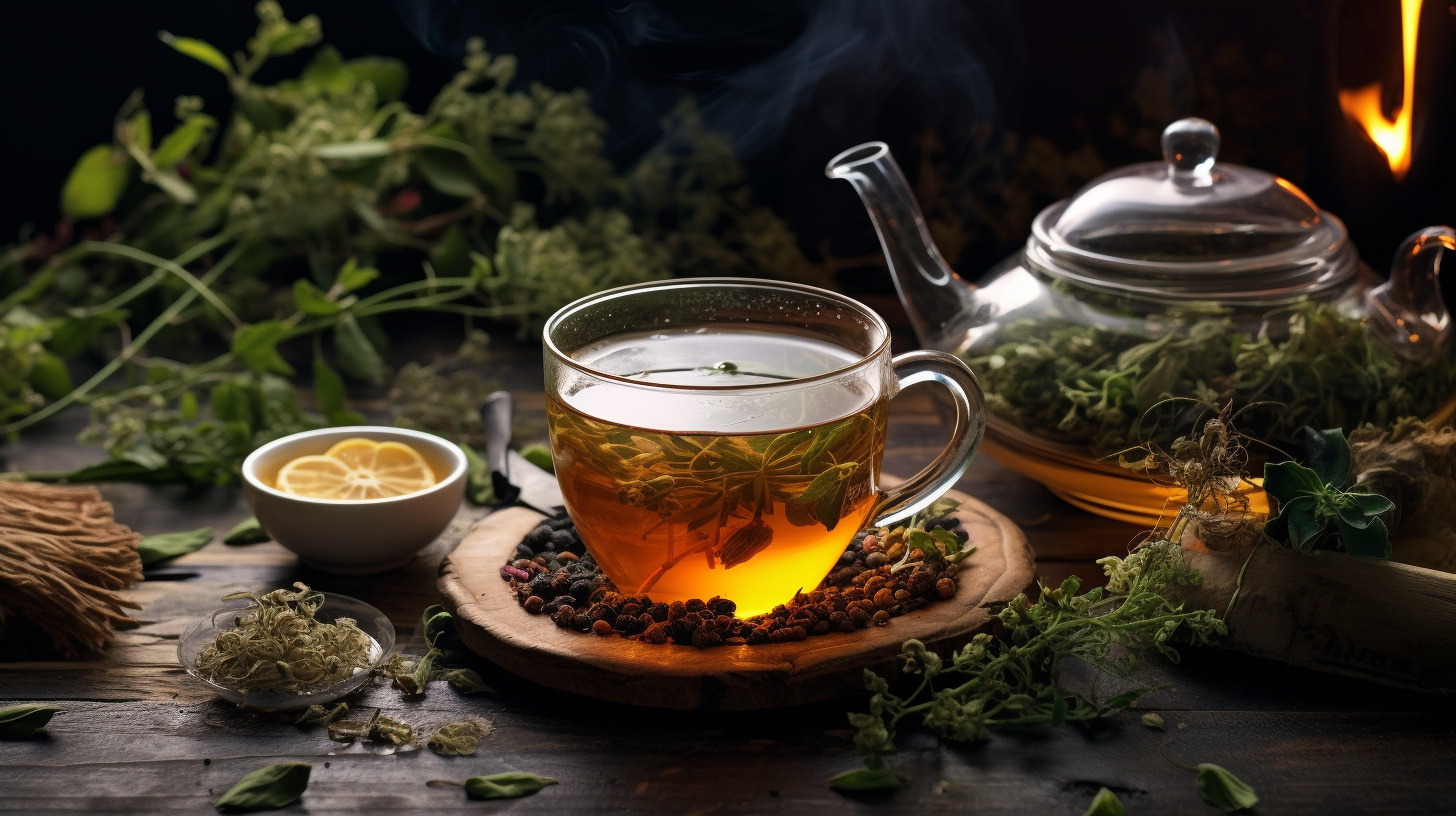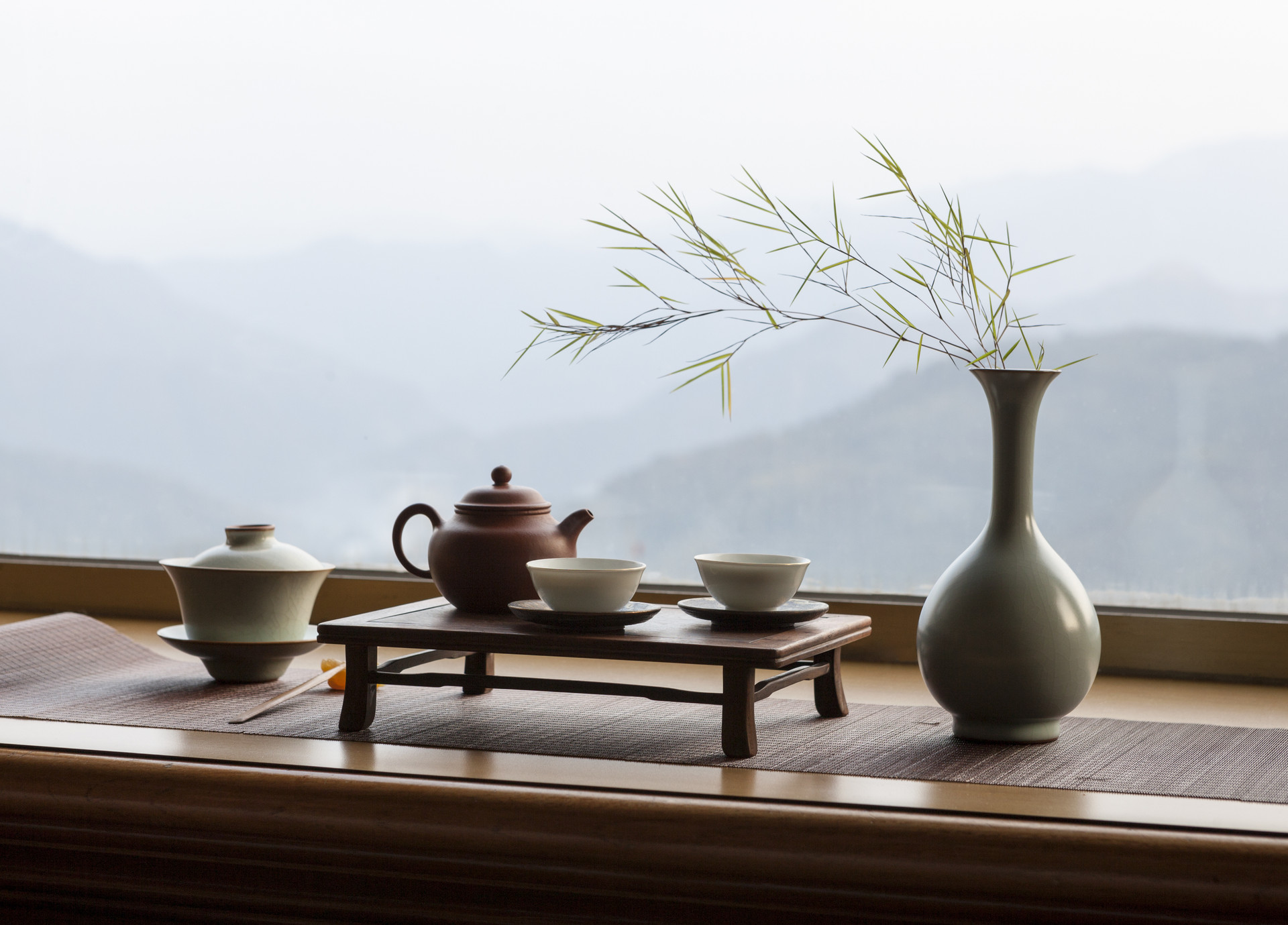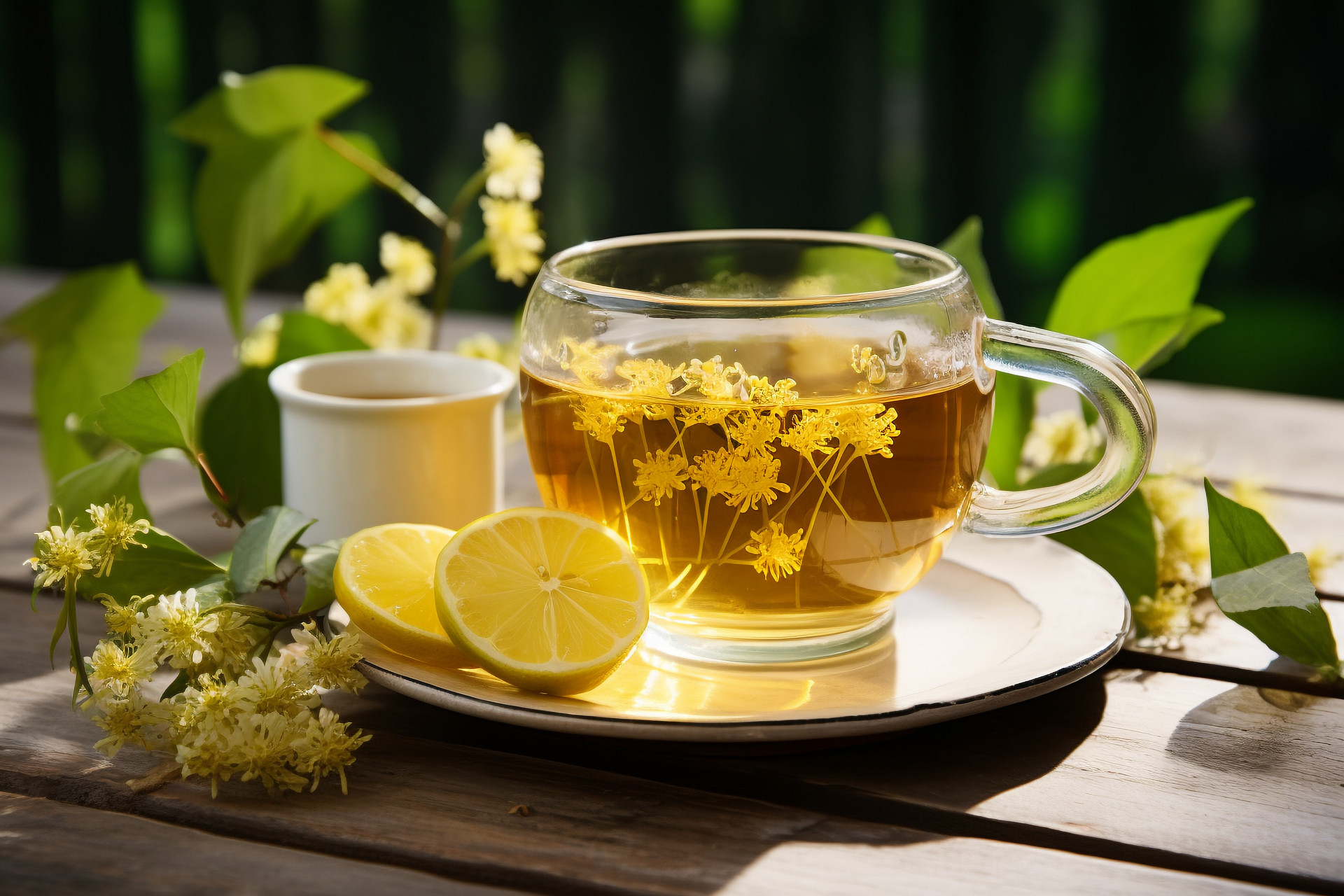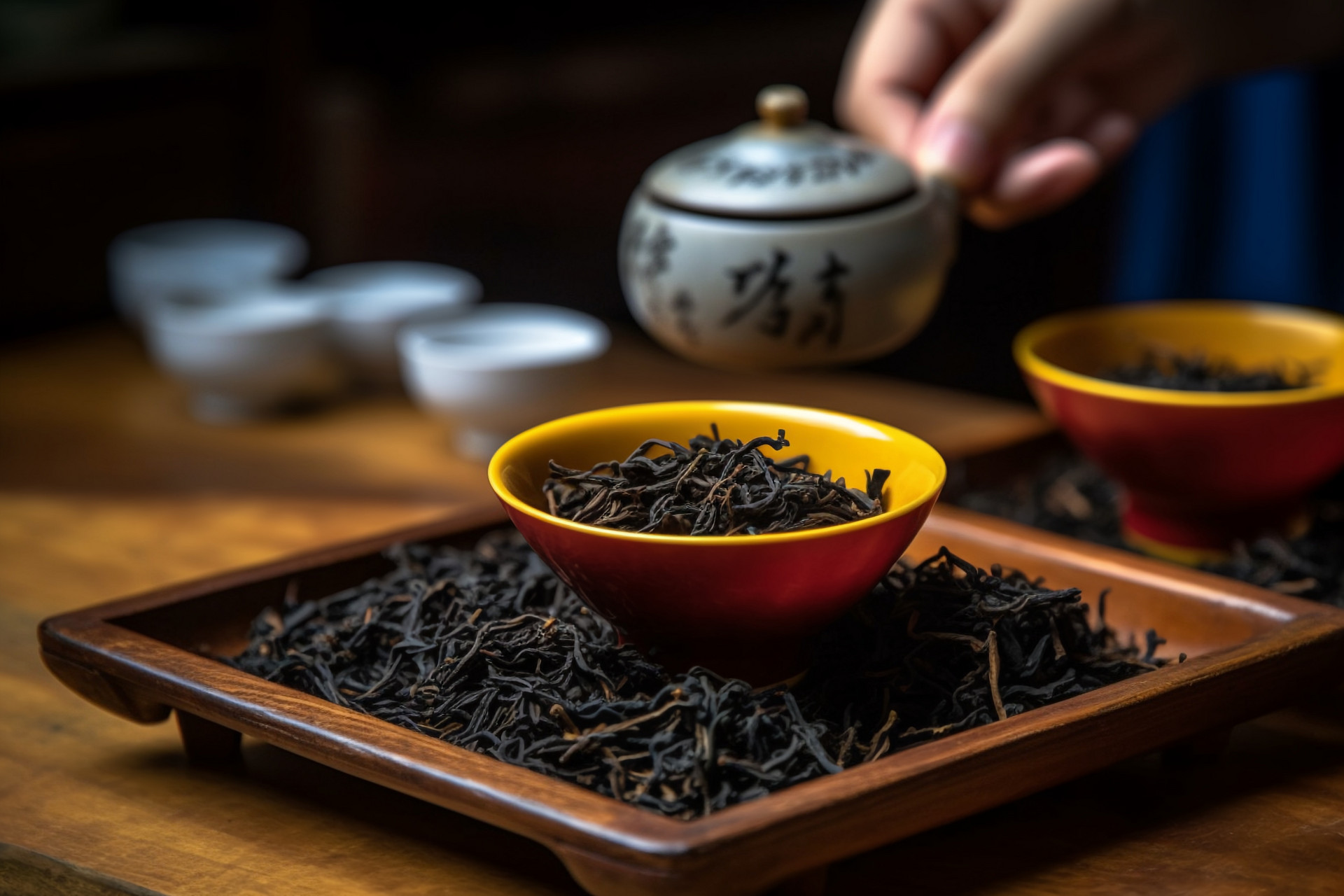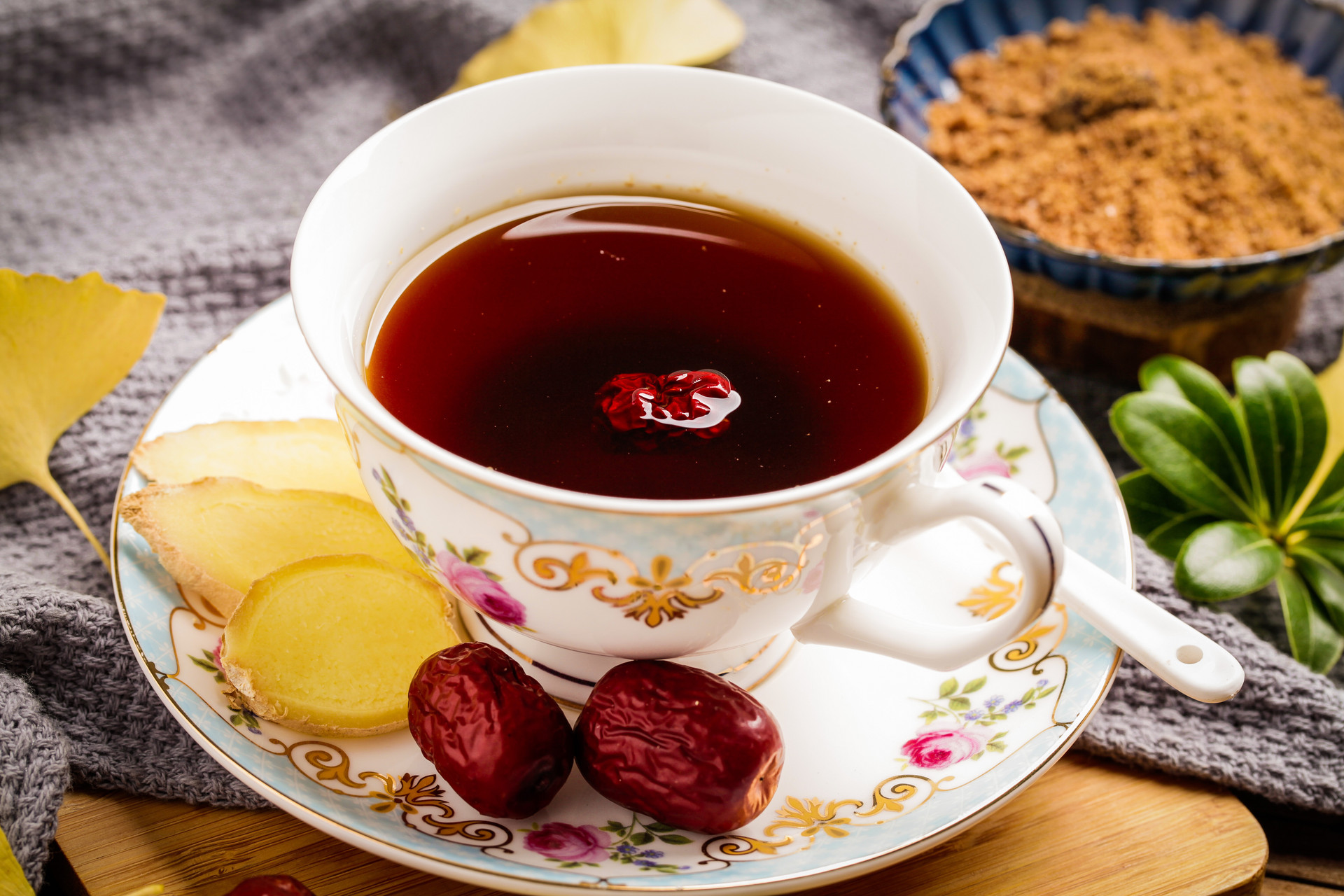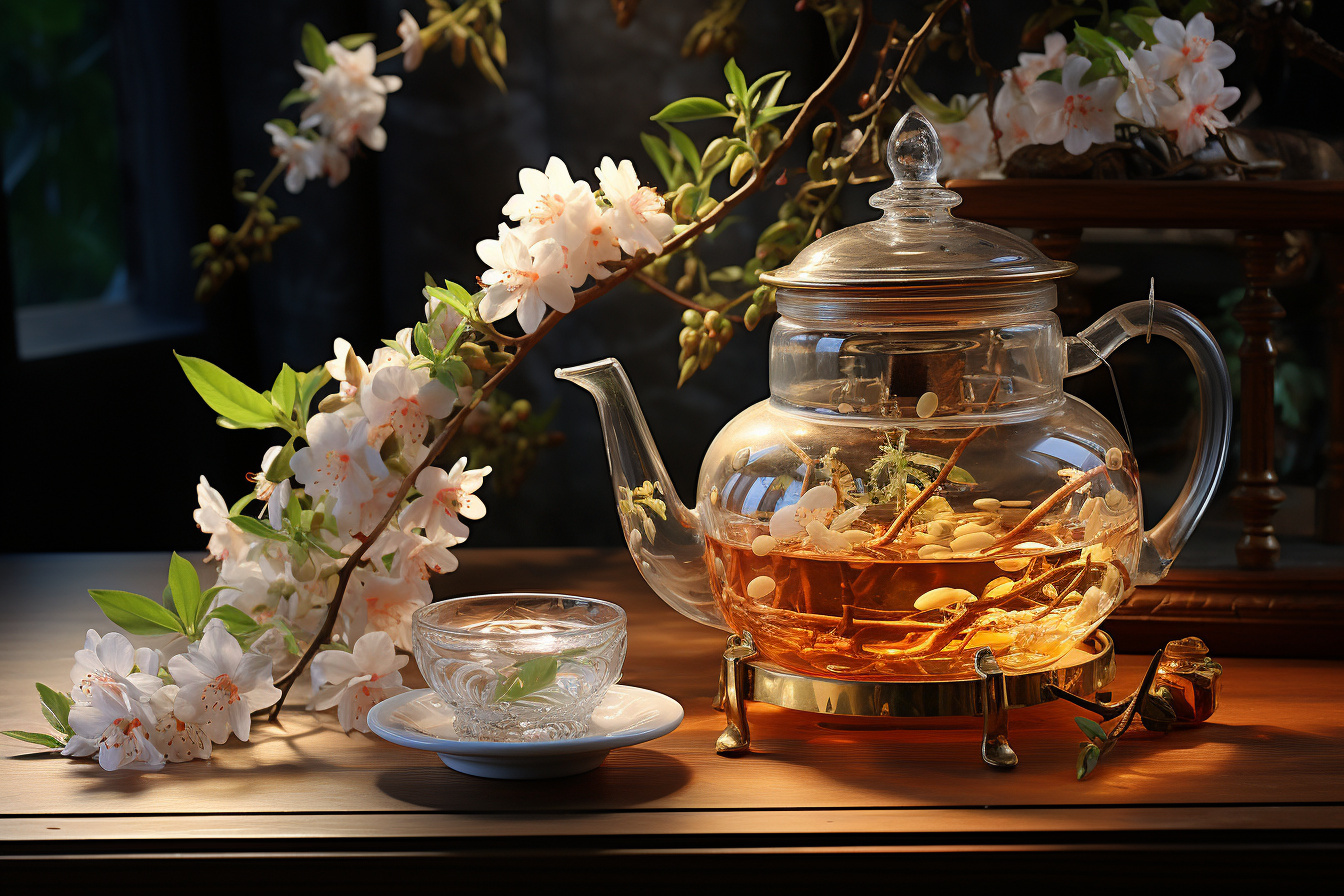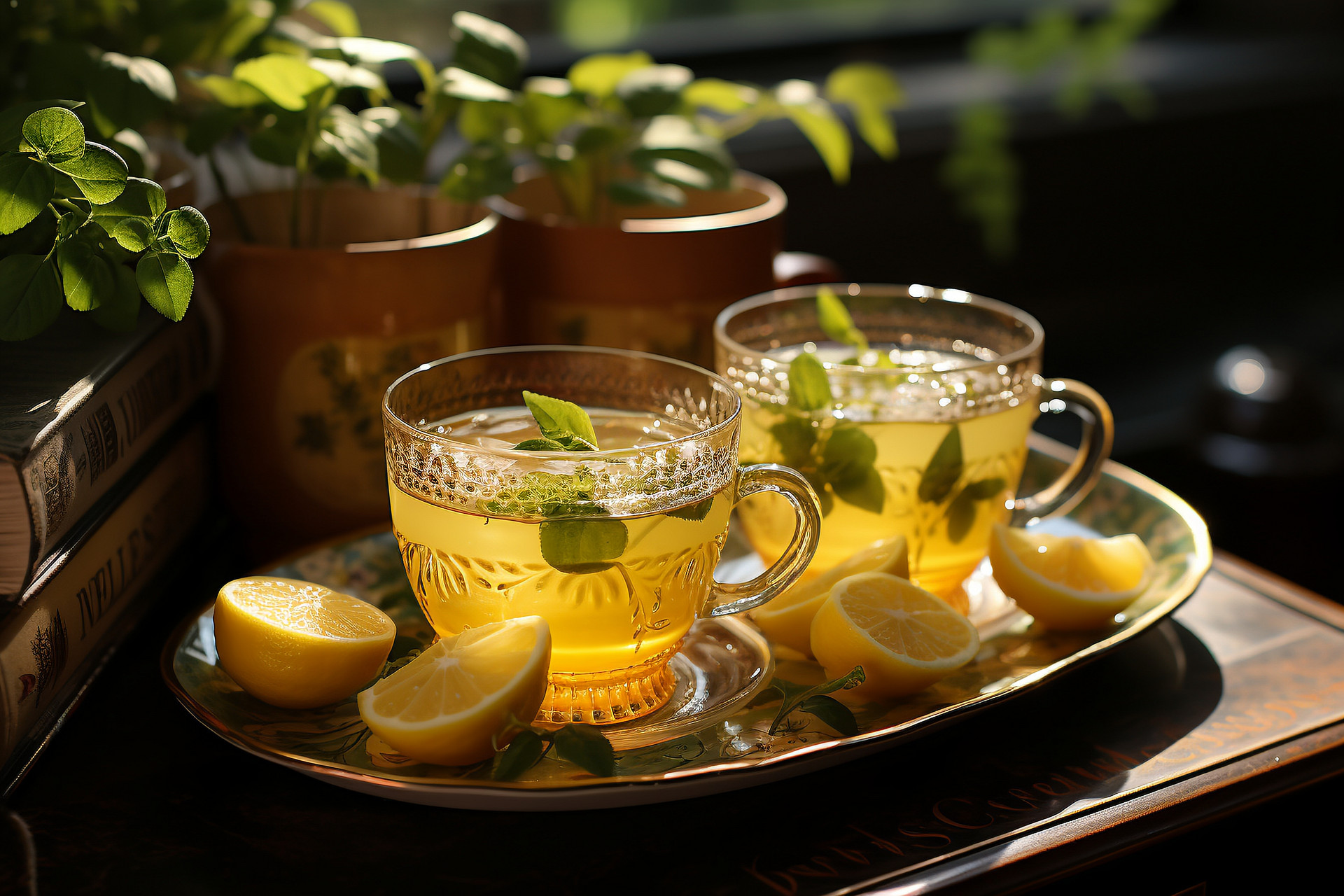Entering the world of tea, many tea enthusiasts have learned a habit: when brewing tea, no matter which type of tea from the six major categories, they brew the first infusion and then pour it out. This action has become a habit.
If we do some rough arithmetic, the amount of first infusions that tea drinkers pour out is equivalent to a whole West Lake! But tea drinkers still enjoy this practice and claim that it removes pesticides, washes away dust, and removes impurities. It seems like every time you brew tea, you must go through this ritual to fully experience the true flavor.
But is it really necessary to pour out the first infusion? Or is it necessary to pour out the first infusion of all six types of tea? Can washing the tea really remove pesticides? Today, I will reveal the truth and tell you that "pouring out the first infusion" is actually a big lie in the tea world!
[The Lie of Pouring Out the First Infusion]
1. The first infusion can wash away pesticides
Pesticides are mostly liposoluble substances, and hot water can only dissolve and dilute a small amount. It is impossible to wash away pesticides with just the first infusion. If you are still concerned about pesticides, I suggest buying organic tea.
2. The first infusion doesn't taste good anyway, so it doesn't matter if you pour it out
This statement mainly refers to the taste of the first infusion, claiming that the "warm and smooth brew" doesn't reach the best flavor, so it's okay to pour it out. However, this is not entirely correct because the beneficial substances in tea are extracted to the maximum extent in the first infusion, especially in green tea.
Some people pour out the first infusion of Junshan Silver Needle because there are some hairs in the tea soup, which is a great pity because it is the most stunning infusion of this premium yellow tea.
3. The first infusion is used to wash away impurities and dust
This statement is mainly for teas that have been stored for a certain period of time. The first infusion does have a cleansing function, but it doesn't need to be consumed. However, saying that it is a "useless infusion" is misleading. As the first infusion, it contains a lot of information about the quality of the tea and is highly expressive.
For example, after tasting the first infusion, if you perceive a faint taste of dust and strange flavors (such as rotten vegetable or sandalwood flavors), it indicates that the storage space for this tea is not clean or hygienic. If you taste a burnt taste, it indicates that there may have been a problem with the processing of the tea, such as over-frying or scorching. If you taste a slight moldy flavor, it indicates that the tea has been exposed to moisture during storage. If the tea soup is floating with broken tea leaves and debris, it indicates that the raw materials are of low grade or your tea brewing technique is poor...
Some people jokingly call the first infusion of Pu'er tea the "black box" of Pu'er tea because it contains a lot of information that merchants don't want to tell you. So, next time you buy Pu'er tea, perhaps take a small sip of the first infusion and savor the flavor to obtain a lot of information about the quality of the tea. This method is very effective.
[Some Teas Can Be Drunk in the First Infusion]
1. Recommended to drink: green tea, white tea, yellow tea, black tea, tightly compressed oolong tea
For these types of tea, it is recommended to drink the first infusion. Generally, the first infusion of green tea, white tea, yellow tea, and black tea contains rich and delicious substances. It would be a waste to pour it out.
Especially for some high-quality green tea and black tea, they can only be brewed three or four times, and pouring out the first infusion would be a waste.
As for tightly compressed oolong teas (such as Tie Guan Yin and Wenshan Paozhong), it's up to you whether you want to drink the first infusion. Oolong teas from southern Fujian are usually tightly compressed, so the substances released in the first infusion are minimal and the taste is mild. The purpose of the first infusion is to warm up the tea, so whether to drink it or not is up to you.
2. Strongly recommended to drink: strip-shaped oolong teas (such as Rock Tea, Dan Cong, Dong Fang Mei Ren)
It is recommended to drink the first infusion. Not drinking it would be a waste because the first infusion contains rich substances, which can be clearly felt from the color of the tea soup.
For some good Rock Teas, some tea drinkers deliberately keep the first infusion and drink it after finishing the entire tea. They say that the taste becomes significantly weaker when drinking the final infusion, so drinking the first infusion brings back the most wonderful flavor of the tea. Therefore, this first infusion is also called the "reviving soup."
3. Be cautious when drinking: dark tea and Pu'er tea
For teas with known storage conditions: loose dark tea can be drunk since the first infusion contains more substances from the tea leaves. For tightly compressed dark tea, it can be drunk or not, as the substances released in the first infusion are minimal and the taste of the tea soup is also mild.
For teas with unknown storage conditions: taste with caution and only take a small sip. Because tasting this infusion can usually help you judge some storage conditions. However, if the first infusion tastes strange or unpleasant, it's best not to drink the tea.


![[The Risks of Eating Hawthorn During Pregnancy]](https://tcmmaintenance.com/uploads/20240715/97742b67f97f94c495ae1389337c5c41.jpg)
